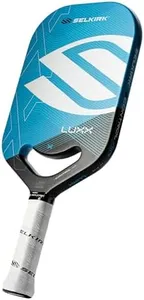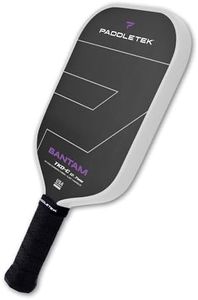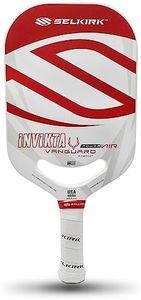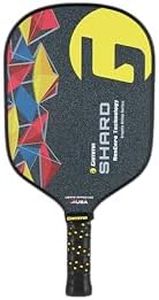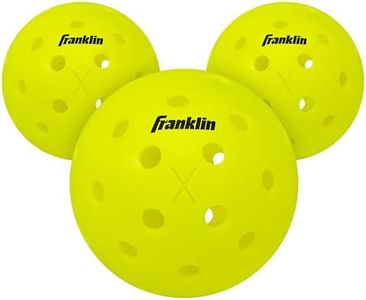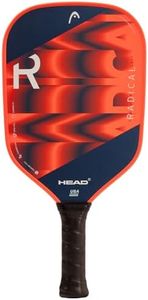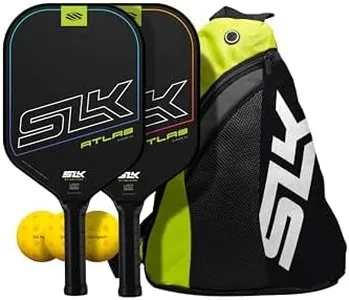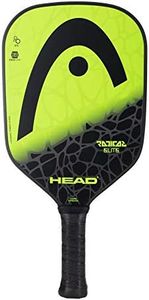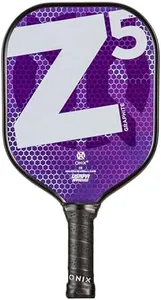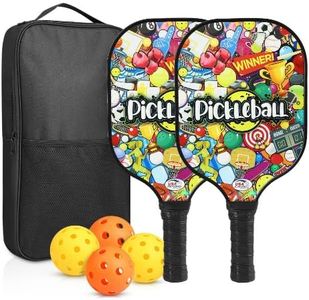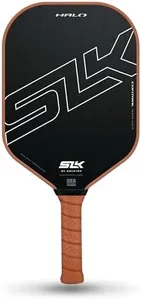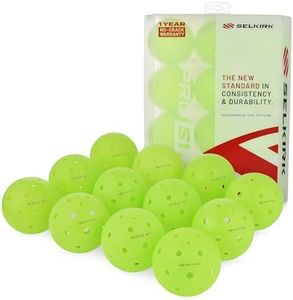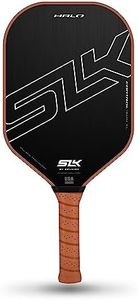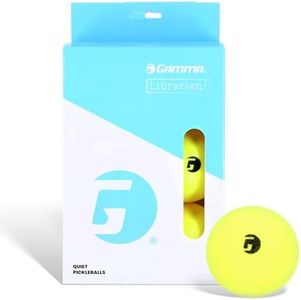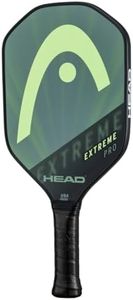We Use CookiesWe use cookies to enhance the security, performance,
functionality and for analytical and promotional activities. By continuing to browse this site you
are agreeing to our privacy policy
10 Best pickleballs
From leading brands and best sellers available on the web.Buying Guide for the Best pickleballs
Choosing the right pickleball is important for your game experience, whether you're playing indoors, outdoors, or at a competitive level. While pickleballs might look similar, there are significant differences in their construction, materials, and design that affect how they perform on the court. Understanding these key specs will help you decide which type suits your playing environment, skill level, and personal preference. Consider where you'll be using the balls, how often you play, and what kind of play you enjoy the most. With a bit of guidance, you can select a pickleball that offers both durability and great performance.Indoor vs. Outdoor DesignThis refers to the type of court the ball is meant for. Indoor pickleballs are usually made of a softer plastic and have larger, fewer holes, which makes them bounce a bit higher and move more slowly. Outdoor balls are made of harder plastic, have more and smaller holes, and are designed to handle wind and rough surfaces with faster, truer movement. If you mostly play indoors, choose an indoor ball for better control and less noise. For outdoor play, select an outdoor ball for durability and wind resistance. Matching your ball to your playing environment ensures optimal performance and longevity.
Number and Size of HolesPickleballs have many holes, but the number and size can vary. Indoor balls typically have fewer, larger holes (usually 26), while outdoor balls have more, smaller holes (usually 40). This difference affects how the ball moves through the air and responds to different surfaces. Indoor balls with larger holes are less affected by wind and tend to float and bounce higher, making them easier for controlled play. Outdoor balls, with more, smaller holes, are designed to cut through the wind and bounce lower for faster play. Choose the hole pattern based on where you play and the type of play you prefer—control and higher bounce for indoors, or speed and wind resistance for outdoors.
Material and HardnessThe material of a pickleball affects its bounce, feel, and durability. Indoor balls are softer and made from a lighter plastic, while outdoor balls use a harder, heavier plastic to withstand harder surfaces and variable weather. Softer balls are easier on your paddle and quieter, good for community centers or indoor courts. Harder balls are more resilient and less likely to crack outdoors. Your choice should be guided by where and how you play: softer for indoor, harder for outdoor, and if you notice balls cracking or losing their bounce quickly, you might want to try a different material or brand.
Bounce ConsistencyBounce consistency is how reliably a pickleball bounces each time it hits the ground. This spec is important for ensuring a fair and predictable game. Balls with poor consistency can lead to frustration and uneven play, especially at higher skill levels. Higher-end balls are tested for consistent bounce height, usually between 30 and 34 inches when dropped from a set height. If you're a beginner or casual player, small variations might not matter much, but for competitive players, a ball with consistent bounce is crucial for improving skills and enjoying a quality game.
DurabilityDurability measures how long a pickleball can withstand regular play before showing signs of wear like cracking, losing roundness, or deforming. Outdoor balls generally require more durability due to rougher surfaces, while indoor balls last longer since they're used on smoother courts. If you play often or at high intensity, look for balls known for their long lifespan. For casual or occasional players, durability might be less important, but you still want a ball that keeps its shape and bounce over time. Monitor your balls and replace them if they crack or don't bounce predictably anymore.
ColorPickleballs come in bright colors like yellow, orange, or white to enhance visibility during play. The right color depends on your playing environment—choose a color that contrasts with your court surface and is easy to see in both natural and artificial lighting. For example, yellow or neon colors often stand out against most surfaces and work well for both indoor and outdoor play. Good visibility helps with faster reaction times and makes the game more enjoyable. Test a few colors to see which works best for your usual playing location.
